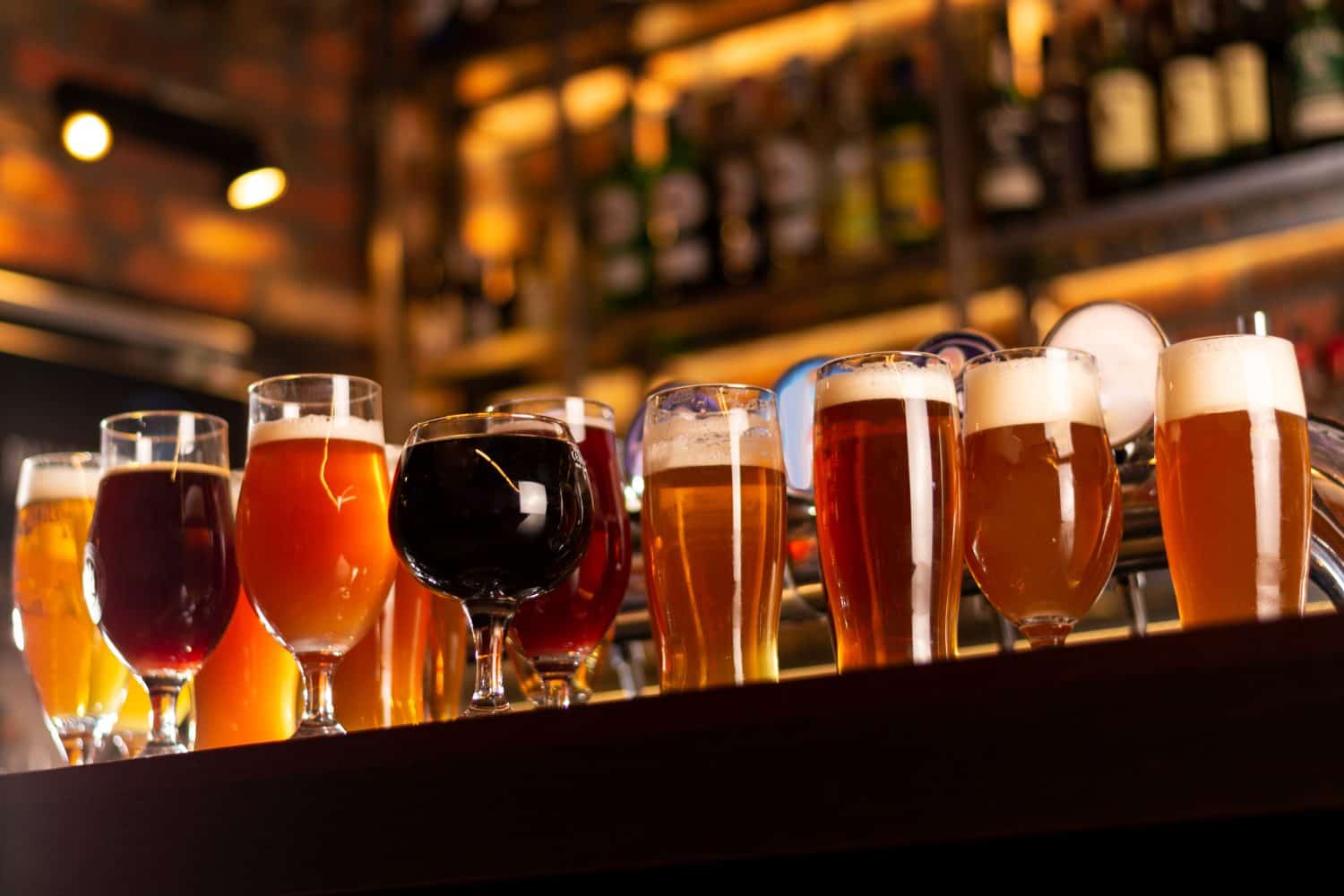
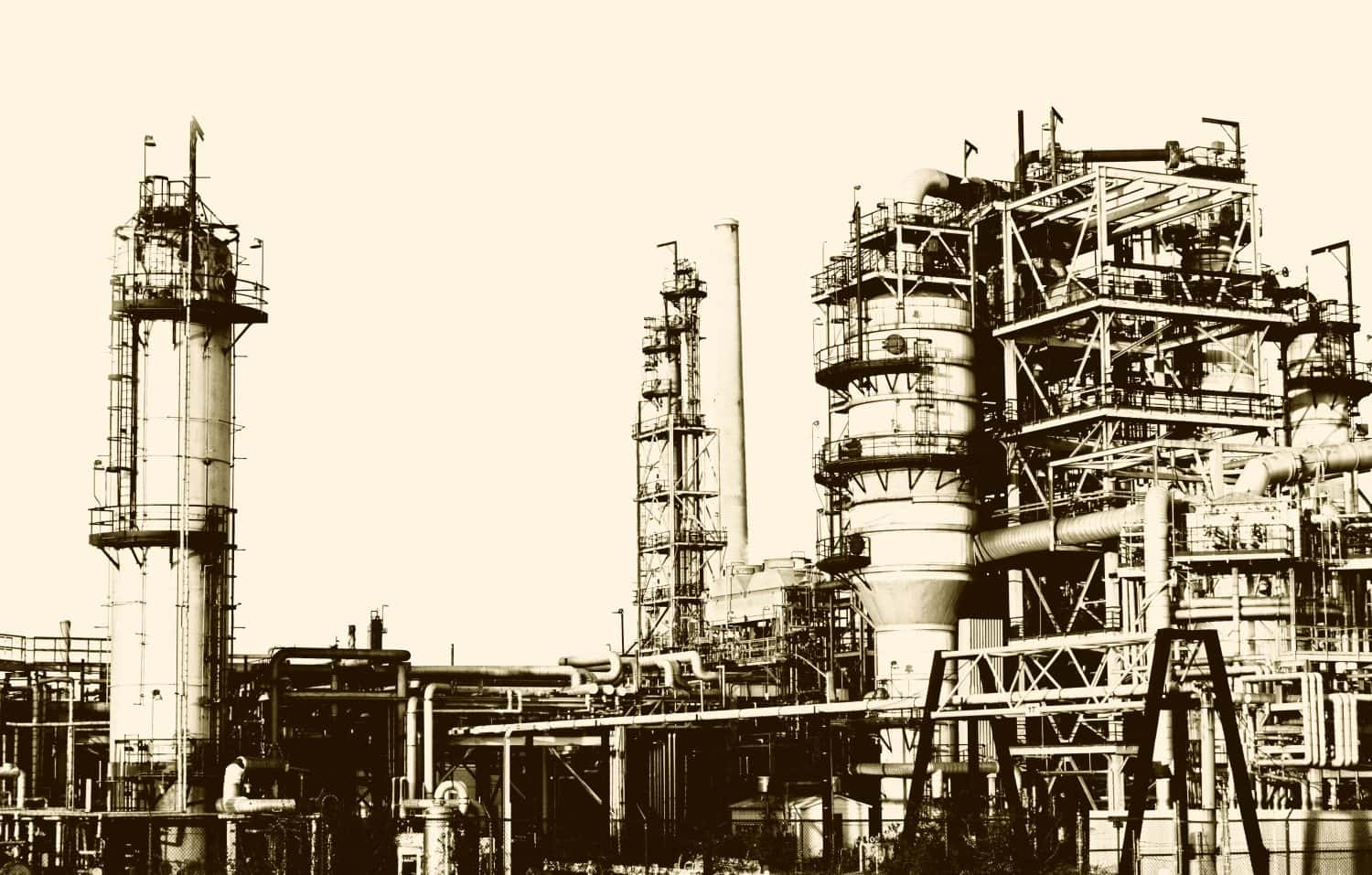
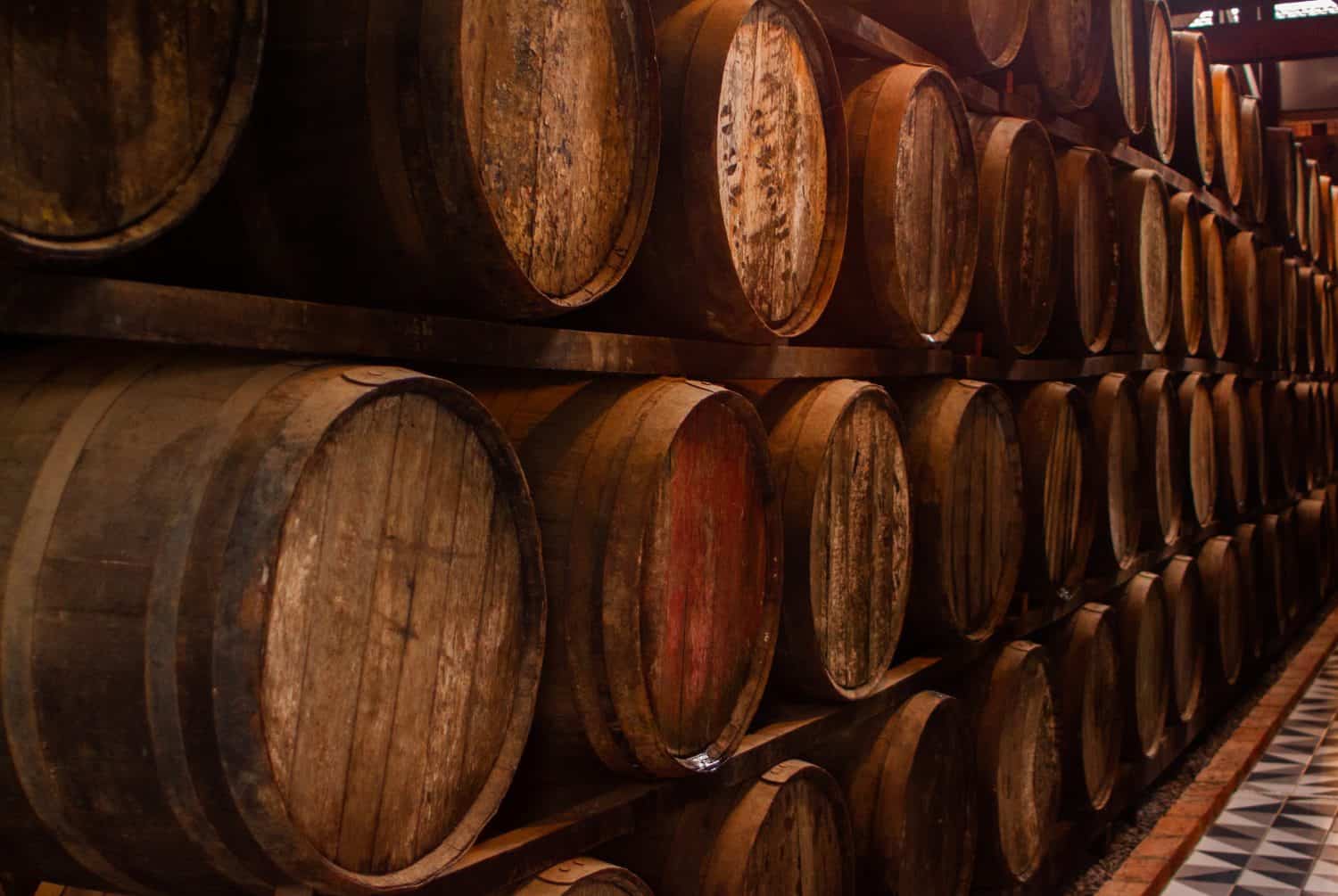
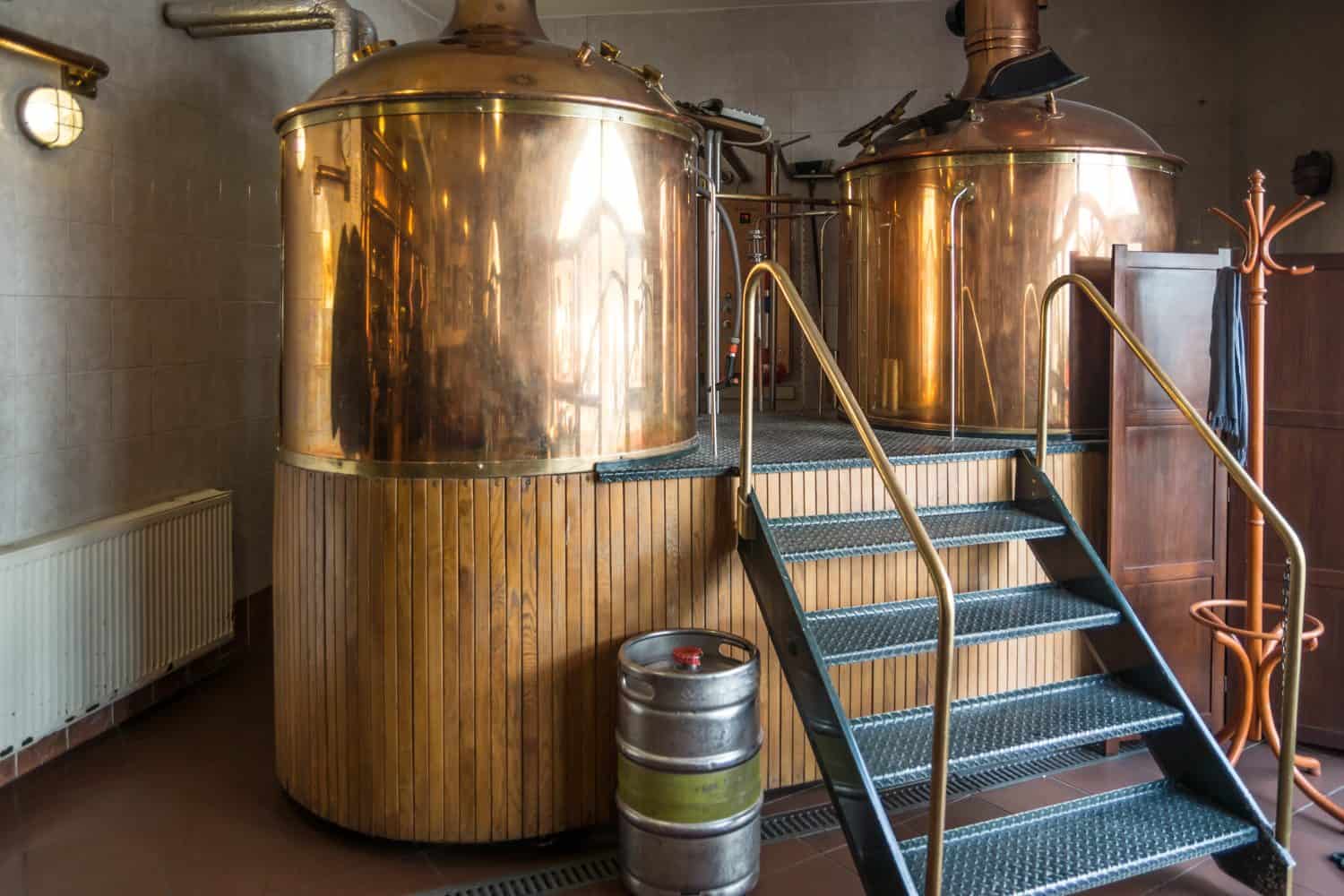
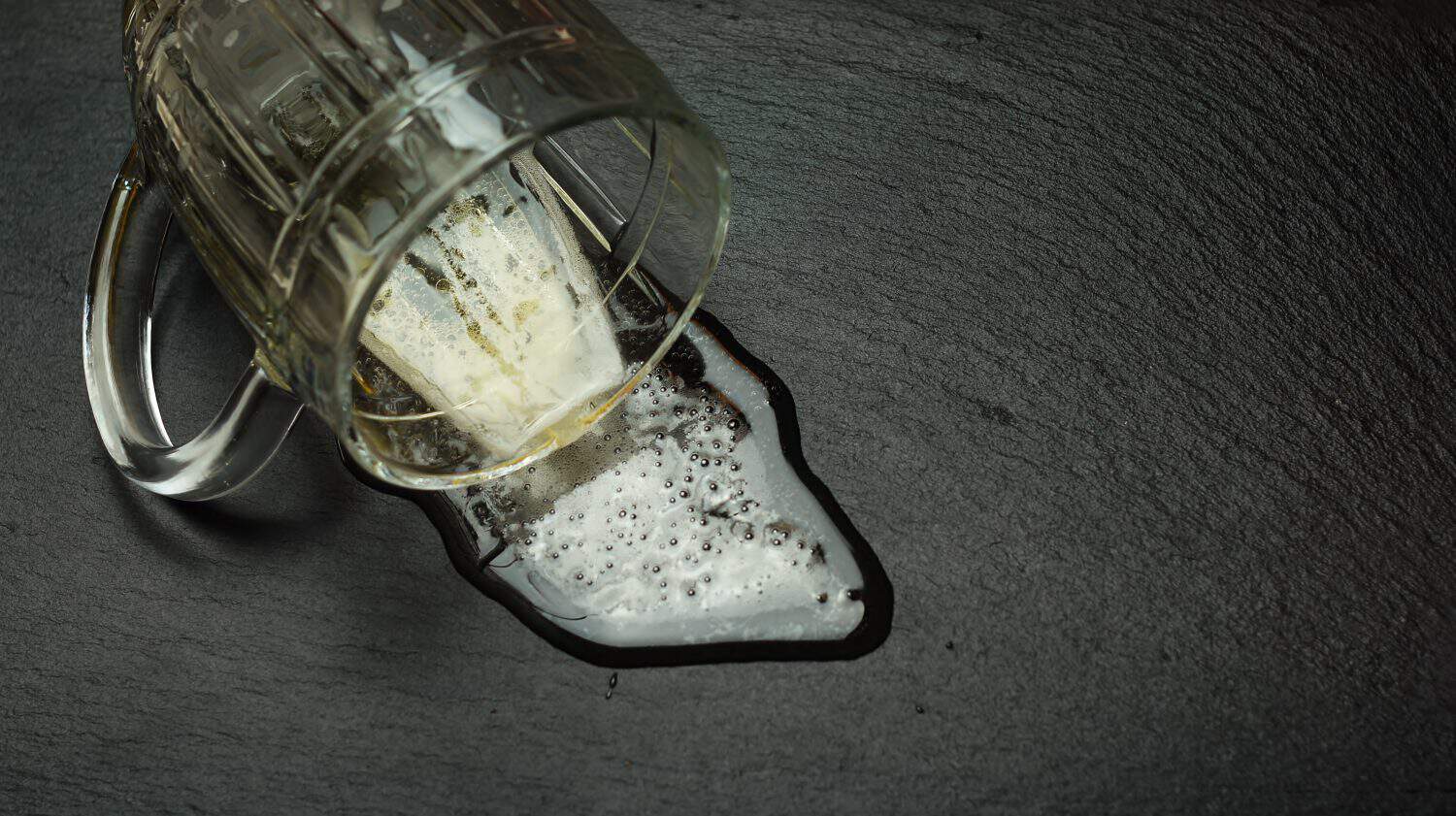
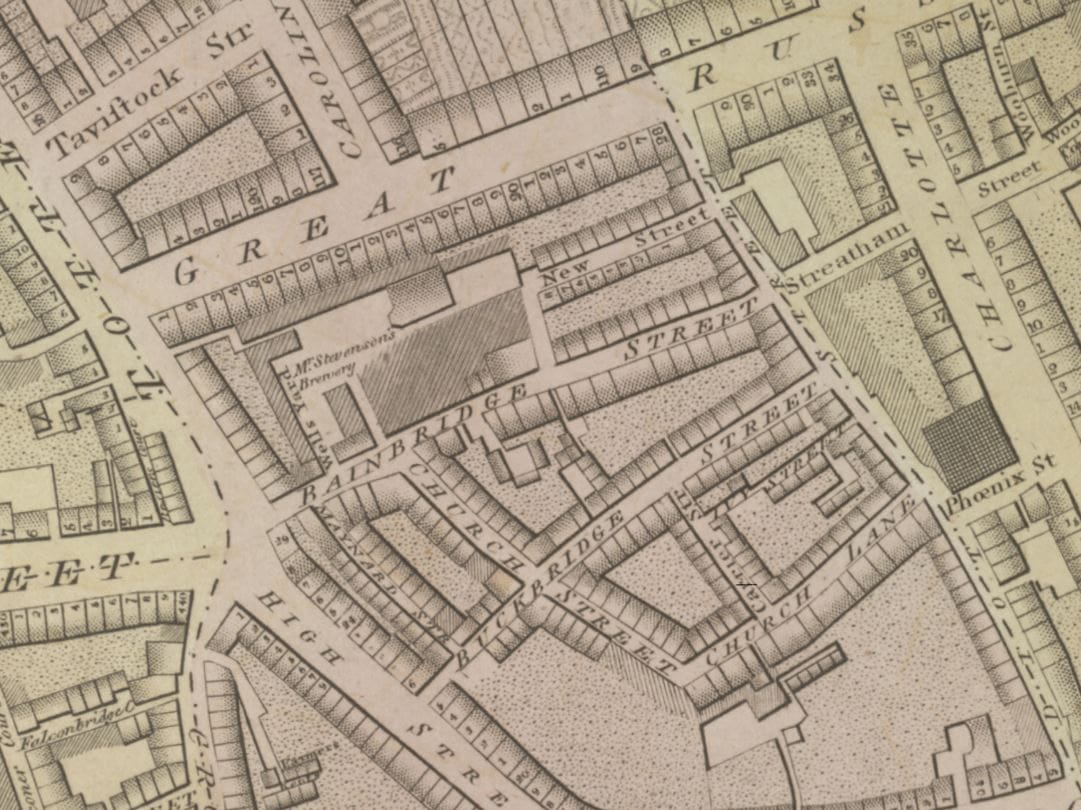


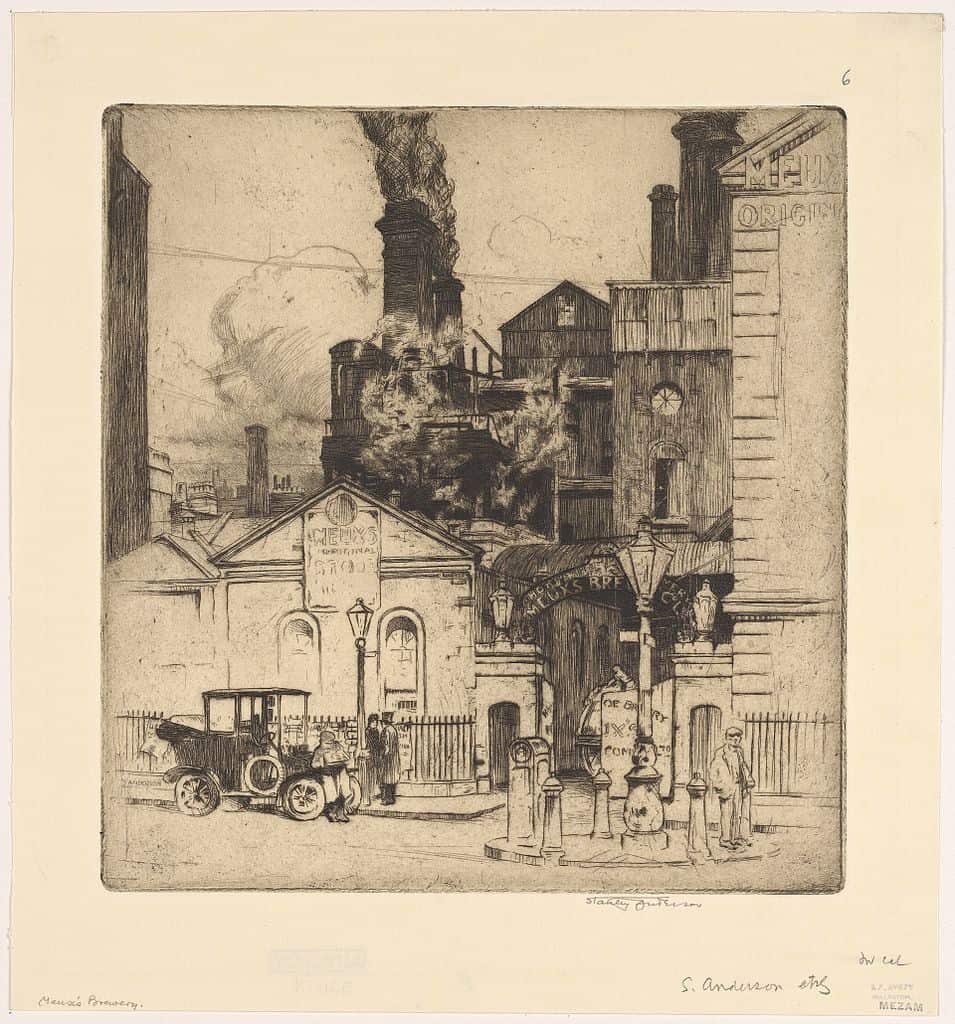
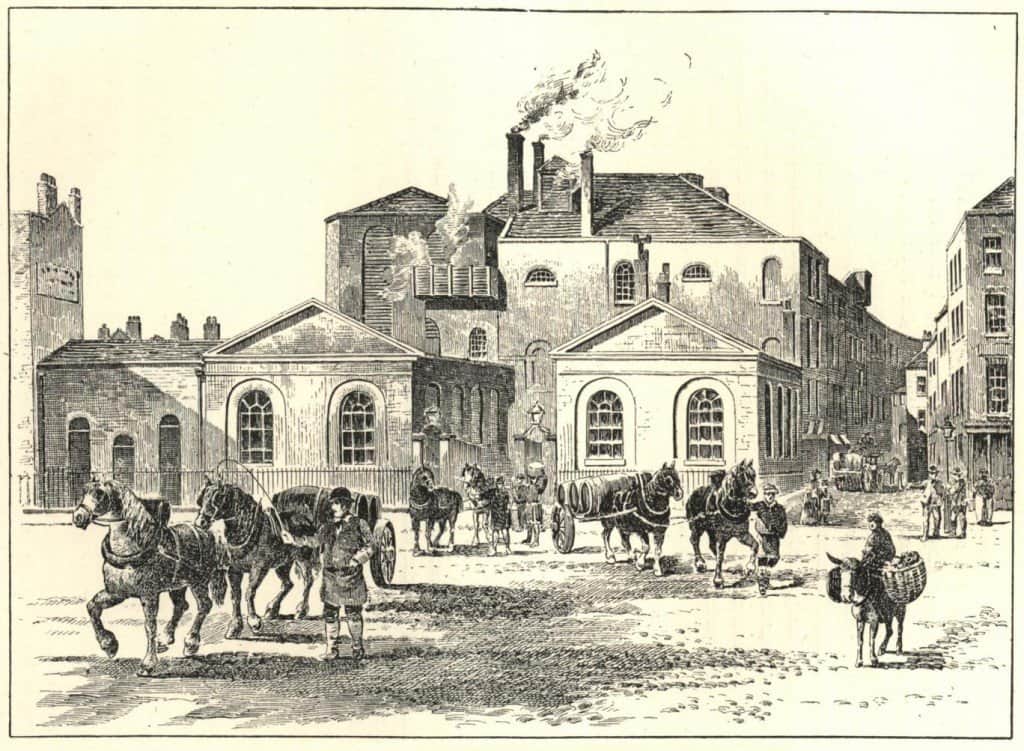




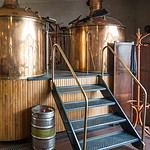

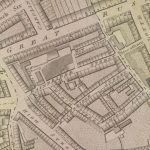

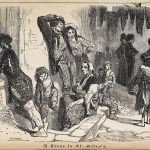
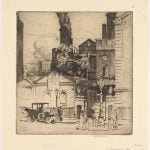


The Actual Beer Tsunami that Swept Through London
While the idea of beer flooding the streets sounds like the one big party, it can be pretty terrifying. This is exactly what happened in London in 1814 when up to 323,000 gallons of beer created a mini-tsunami that flooded the streets. If only the real-world event were as exciting as a beer company commercial, it would have made this event look like a Super Bowl advertisement.
Setting the Scene
On November 17, 1814, London was amid its Industrial Revolution, which led to breweries popping up all over heavily populated areas. In this particular instance, the focus is on the St. Giles district of London, the slum-like area that felt the brunt of the flood.
The Cause
The cause of the London Beer Flood was an accident at Meux & Co’s Horse Shoe Brewery when a 22-foot-tall vat of fermenting porter burst wide open. Inside this vat was an estimated 3,500 barrels of porter, which allowed the 323,000 gallons of beer to be released into the streets around St. Giles.
October Morning
Diving into the specifics of the incident, at 4:30 in the afternoon, George Crick, Meux’s storehouse clerk, noticed that a 700-pound iron band around the vat that held it in place had slipped off. As it was not unusual to see the band slip off a few times a year, Crick did not show immediate concern. Crick told his supervisor who advised him “that no harm whatever would ensue.”
The Burst
Around one hour after George Crick reported the ring slipping, the vat burst wide open, and the great London Beer Flood began. The force of the beer pouring out opened another vat right next to the one that had burst open, which meant that two beer vats were now pouring into the streets.
Beer Tsunami
As soon as the beer burst out of the vat, it quickly destroyed one of the brewery's rear walls. The ensuing wave was 25 feet tall and two bricks thick. Once the beer left the brewery, it swept onto New Street in St. Giles, destroying two houses and damaging two others.
Immediate Aftermath
As a result, in the houses that were destroyed and damaged, multiple injuries and deaths took place. At least one four-year-old was killed in one house, while another house saw five deaths. In total, eight people were victims of the London Beer Flood, and collections were taken to help the mourning families. Nobody in the brewery was injured, though three workers had to be pulled out of the rubble.
Two Days Later
Between October 17th and 19th, there were hundreds of stories of people collecting beer from the street and undoubtedly lots of indicators of publicly drunk behavior. News reporting at the time indicated that the scene around the brewery was a “scene of desolation.”
Coroner’s Inquest
Even though this incident might have been tragic, a coroner’s inquest was set up anyway. The disaster was labeled as an “Act of God,” which did absolve Meux & Co’s Horse Shoe Brewery of financial responsibility for the events.
Horse Shoe Brewery
The incident cost the brewery 23,000 pounds, equivalent to around $5,337,345 in today’s dollars. However, the company filed a private petition to the British Parliament, which gave them 7,250 pounds and saved the company from bankruptcy, at least until 1921, when it closed.
Beer Flood Legacy
While tragic, the London Beer Flood of 1814 did increase industrial safety practices or at least start the discussion on what changes had to be made to protect the public better. The beer tsunami is also part of London folklore, which can be recounted as a tragic tale about strange events that happened to the city throughout its history.
